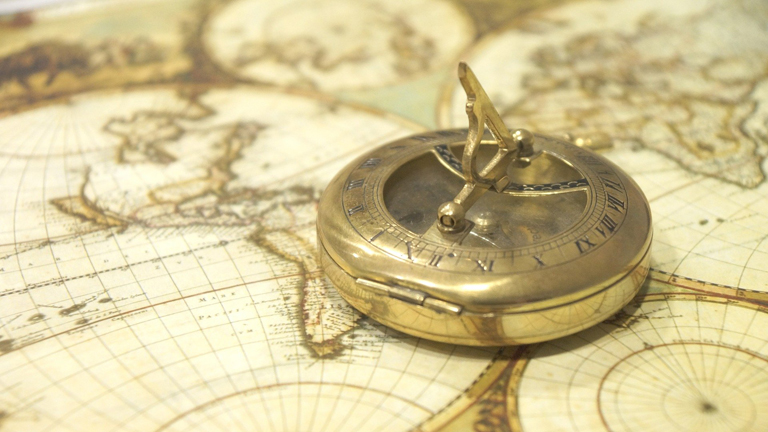
Hippocampus:How spatial learning works
RUB-scientists examine the role of the hippocampus in orientation
To orientate themselves in space, rats form a mental map in their brain. Neuroscientists at the Ruhr-Universität Bochum analysed the activity in the hippocampus of rats in order to find out where exactly in the hippocampus this process takes place.
“We tested two theories on processing visual information in the hippocampus and found proof for both of them in our data”, says Prof. Dr Denise Manahan-Vaughan. The neurophysiologist specialises in researching how the hippocampus creates memories.
The RUB-scientist found, that different subregions of the hippocampus process different functional aspects of spatial experience. Her findings provide empirical evidence for two theories on visual orientation that have been discussed in neuroscience for some time.
The hippocampus is part of the cerebrum and it is particularly involved in memory formation and spatial learning. The brain structure is named after the Greek word for sea horse, because in human brains it looks like the little sea creature. The coiled tail of the sea horse is called dentate gyrus, while its other parts are labelled with the letters CA 1-4. Manahan-Vaughan has analysed which role each of those structures plays in spatial orientation.
Two different maps
In order to do so she and her team observed how the rats orientated themselves in two different environments whilst engaging in different kinds of spatial learning tasks and analysed what was happening in their brains. They used fluorescence in situ hybridisation to detect the activity of genes in the hippocampus that responded to the learning tasks. One environment contained small objects, placed inside special holes in the floor of the environment. The rats could memorise their location, but they had to be really close to the objects in order to see them. The scientist detected an activity in the CA1 region of the hippocampus for this kind of orientation. The second environment contained large objects which the rats could see from a distance and therefore use as landmarks.
Memory of the landmarks´ location was processed in the dentate gyrus. Interestingly another subregion of the hippocampus called the CA3 region could process both kinds of memory This finding supports the first theory that was tested: the ´Parallel Map Theory´ by Jacobs and Schenk. This theory proposed that the CA3 region serves as an integrator of local and remote elements of spatial experience.
The second thesis – the Two-Streams-Hypothesis by Mishkin – is based on the assumption that visual information is processed in two different streams in the brain of rats: The “where-stream” and the “what-stream”. While the latter analyses, which kind of object the former processes where the object is located in space.
Denise Manahan-Vaughan also found evidence to support this theory. “Our data show that CA1 and CA3 regions respond to the what-stream, while the dentate gyrus reacts to the where-stream”, says Manahan-Vaughan. This shows that the hippocampus is part of the system proposed by Mishkin. These results bring us much closer to understanding how the hippocampus brings together landmark features and subtle spatial details of an environment to enable the creating of a complex and rich representation of the space we live in.
